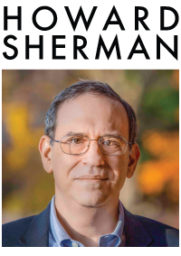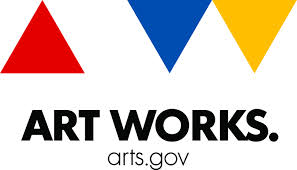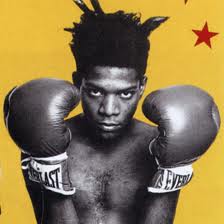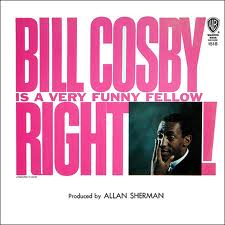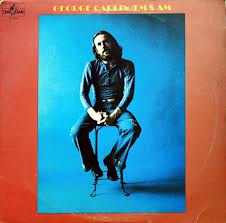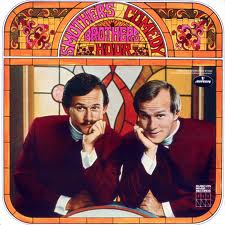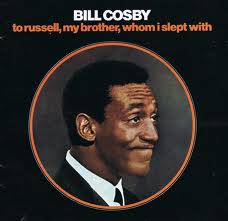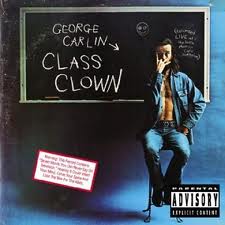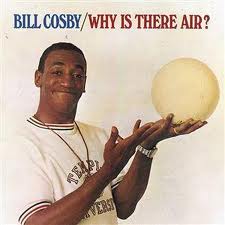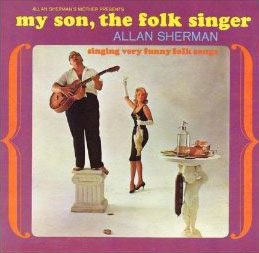I’m unable to see a Shakespeare play without thinking of my late mother.
“How sweet,” you think, “He and his mother must have shared many great evenings together watching Shakespeare. Their common love of the Bard transcends her passing.”
Unfortunately, that’s not the case. I think of my mom, an elementary school teacher by training, whenever I’m headed to a Shakespeare production because, for the 23 years I lived in her house, I heard the same thing every time I was en route to see one of Bill’s plays.
“Did you read the story first?”
My mother was convinced that the only way to fully appreciate Shakespeare, because of the dense and archaic language, was to read a detailed plot synopsis immediately prior to seeing one of his plays. Specifically, she meant for me to pull down her copy of Charles and Mary Lamb’s Tales From Shakespeare from the living room shelves. Far predating such study guides as Cliff’s Notes, the Lamb book was originally written in 1807; my mom’s edition probably dated from the 1930s or 40s and was a tool in her own Shakespeare studies, such as they were.
I resisted my mother’s advice on a consistent basis, perhaps because I found Tales to be stodgy and unreadable on its own, or perhaps I was just being intellectually cocky. She never quite understood how I could see Shakespeare plays without this essential crutch. But my appreciation of theatre always seemed innate, rather than inspired by my parents, so this was simply one more example of how different we were from each other.
Ultimately, I learned about Shakespeare by seeing the plays over and over again, with an assist from the standard high school curriculum (including Romeo and Juliet and Macbeth). I remember being required to memorize Mark Antony’s funeral oration from Julius Caesar; perhaps there were a few other speeches I had to commit to memory as class work (though, oddly, today I most remember Coleridge’s “Rime of the Ancient Mariner”).
My greatest training in Shakespeare came during my eight and half years as p.r. director at Hartford Stage, which gave me to opportunity to see and discuss the plays with Mark Lamos, the artistic director, who is most responsible for what Shakespeare knowledge I may have. During my tenure, we produced Twelfth Night, Pericles, Hamlet, A Midsummer Night’s Dream, Julius Caesar and All’s Well That Ends Well; I’ve also seen productions of Measure for Measure, Cymbeline, As You Like It, Romeo and Juliet and Richard III directed by Mark. I’ve seen countless Shakespeare productions, but Mark was my true guide – beginning when I was 23 years old – immeasurably aided by my access to seeing the former group of plays multiple times in a short span.
I was reminded of all of this as read through the newly published How To Teach Shakespeare To Your Children (Crown Publishing, $25) by playwright Ken Ludwig, author of such plays as Lend Me A Tenor and Moon Over Buffalo. Much as I’ve enjoyed Ludwig’s farces, I was mildly skeptical of his skills as a Shakespeare teacher, but in point of fact his book is exactly what its title says, a cogent, chapter by chapter study guide designed to empower parents to familiarize their children with Shakespeare’s language. Ludwig fundamentally believes in the primacy of Shakespeare’s work and words, so much so that he makes his case for parents teaching Shakespeare to their kids in only seven pages of the 314 page book, with memorization of key speeches as his touchstone. The rest is process.
Not having children, I can’t test Ludwig’s theories and conduct my own experiments. But surely he’s not alone in his belief in the value of memorization as introduction, as attested to by countless adorable YouTube videos of toddlers stumbling through Henry V’s speech before the battle at Agincourt and the like; an often viewed clip of Brian Cox teaching Hamlet to a youngster is a particularly delightful example. Though to be fair, the children on YouTube are younger than Ludwig’s suggested starting age of about six years, and surely the age should vary – if one wishes to embark on the Ludwig method – based upon the nature of each individual child.
As astute as Ludwig’s lessons are, I can’t help but think that they’re actually a stealth method of teaching Shakespeare to parents. Surely my mother might have grown more comfortable with the (to her) impenetrable language that got in the way of the stories; indeed, Ludwig’s book is focused more on moments from Shakespeare than with the plots themselves. A parent who doesn’t know, in particular, Hamlet, Midsummer and Twelfth Night might need a separate book to familiarize themselves with plots and cursory analysis before launching into the Ludwig method, besides reading the plays themselves. If parents need to be eased into Shakespeare, they may want to use one of the countless graphic novel versions, an alternative study method apart from more didactic texts and the original scripts. And there are countless imaginative films spanning the history of cinema to use as teaching (and learning) tools as well.
By sheer coincidence, How To Teach Your Children Shakespeare was published just weeks before, of all things, William Shakespeare’s Star Wars: Verily, A New Hope by Ian Doescher (Quirk Books, $14.95) a scene-by-scene rewrite of George Lucas’s Episode IV rendered in iambic pentameter. While it’s far from the first work to mingle Shakespearean style and more modern stories (I saw a quite entertaining Tarantino travesty, Pulp Shakespeare, last summer at the New York International Fringe Festival; here’s a clip), it’s a solidly accomplished piece of work, which, like Ludwig’s curriculum, place its emphasis on language. It’s witty, but never anachronistic just for a laugh. It’s hard to tell whether it’s actually stage-worthy (I can imagine countless Shakespeare troupes racing to acquire performance rights, at least for readings or benefits, but this trailer doesn’t inspire confidence), but for the sci-fi geek who’s also a Shakespeare nerd (there are probably plenty), it’s a fun read. Purists will note that the slim volume is clearly not drawn from George Lucas’s First Folio, as it includes scenes with Jabba the Hutt which were not in the original 1977 film release, but rather in the much-later digital makeover; this version also fudges whether Han or Greedo shot first.
The Shakespeare-Star Wars mash-up might be just a lark for most (I particularly enjoyed R2-D2 proffering fully articulated asides to the audience while his companions hear only “meeps” and “beeps), but I wonder whether it might be another tool in the Shakespeare educational kit. If children and teens know Star Wars well, but are Shakespeare novices, this book might serve to teach them “Shakespeare as a second language,” since the faux-vintage language tracks so closely with the film. I don’t mean to suggest that Doescher’s gloss is equal to the Bard’s words, but especially for tweens and teens, it might be a helpful gateway text.
It is perhaps ironic that I’ve grown to like Shakespeare so much, because I don’t take any particular pleasure in reading him. It’s not a chore by any means, but I don’t pick up my hefty Oxford compendium of a Sunday morning for fun – it’s a reference tool. For me, the playing is all. As a result, while I know any number of the Bard’s plays rather well (in addition to numerous productions of the standard repertoire, I’ve seen no less than three Timon of Athens and three Cymbelines), I also have huge gaps in the canon, one of which was filled only two days ago when I saw The Shakespeare Forum’s production of Love’s Labour’s Lost.
For the first time in many years, I encountered a Shakespeare play that was wholly new to me. I was actually a bit concerned early on in the production, as I wasn’t immediately grasping the plot and the words weren’t even distant echoes of an ill-remembered prior production. For the very first time, I found myself wondering whether I should have read up on a Shakespeare play before seeing it; maybe my youthful defiance of my mother’s teaching tool was ill-placed.
But as I settled in with this alien story, it became clearer; flotsam of my Shakespeare knowledge took hold as I pondered whether Holofernes was written as a female role, as played in this production, and the play within the play echoed (actually, prefigured) the Pyramus and Thisbe scene in Midsummer’s Act V. Did I get every word, every plot point, every allusion? I sincerely doubt it, but that’s because I was a stranger in a strange land for the first time in a long time; since my exposure to LLL isn’t regulated at 50 year intervals, I’ll glean more from the next encounter, which will come in only weeks, with the new musical version set to debut at The Public Theatre’s Shakespeare in the Park.
I have to say that in the case of Shakespeare, familiarity breeds not contempt, but respect and appreciation, and there’s no single way to achieve that knowledge (a close friend and Shakespeare fan uses recordings of the plays as a nightly sleep aid, which I can’t imagine). I do think it can come too soon (impenetrable Shakespeare surely builds up cognitive antibodies to fight off the Bard), but never too late. Whatever the method, I suspect that anyone can come to enjoy, and even love, all of those words, words, words. I just wish I had been able to share them with my mom.
